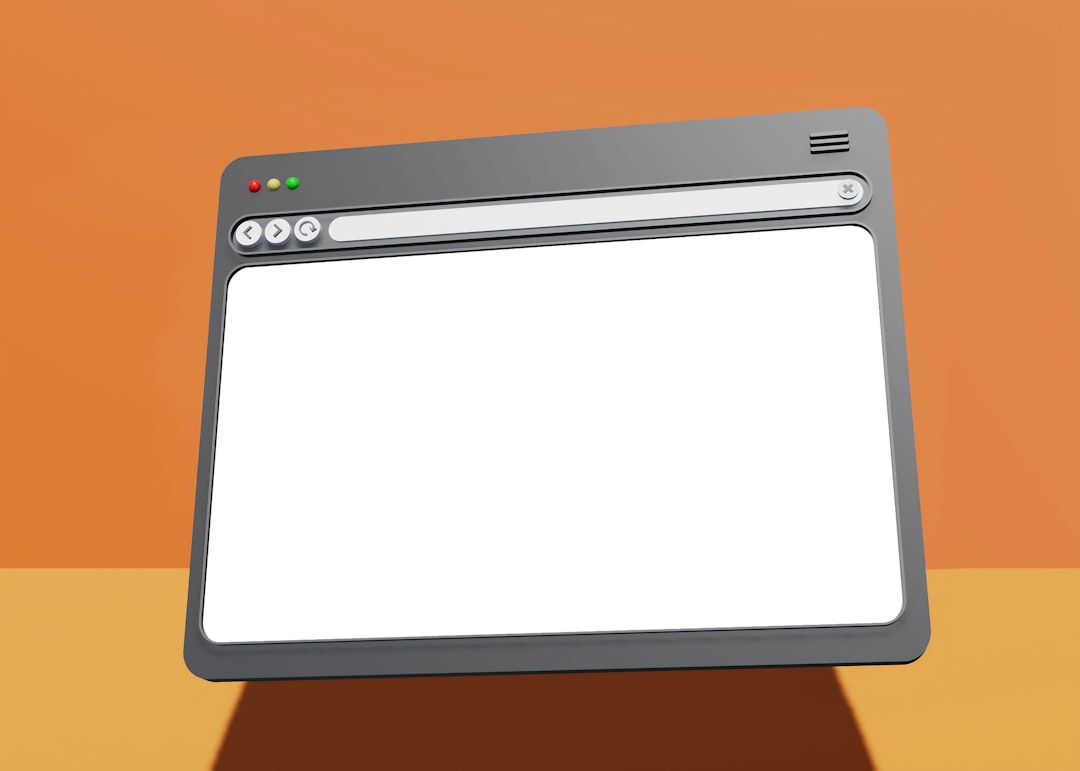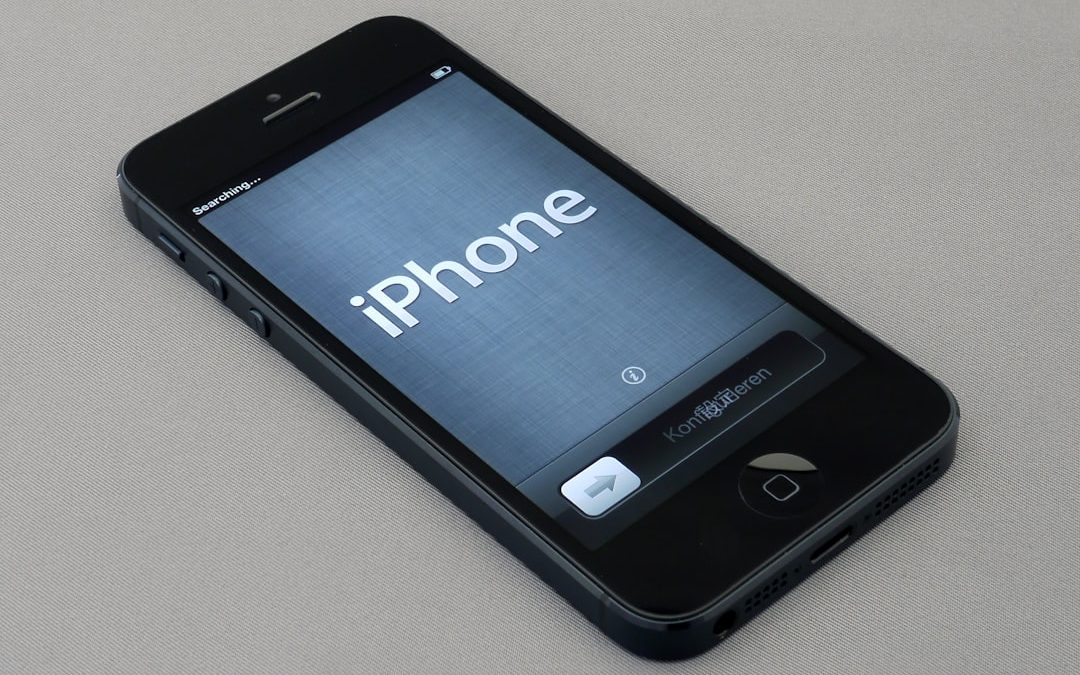Many users looking to manage their emails efficiently often turn to accessing their inbox through third-party email clients like Outlook, Thunderbird, or Apple Mail. To make this possible, email protocols must be set correctly, and one of the most reliable options for retrieving messages is POP3. For users of Hostinger’s webmail service, enabling POP3 paves the way for stable and organized email handling. This article explains step-by-step how to activate POP3 within Hostinger Webmail.
TL;DR (Too Long, Didn’t Read)
Activating POP3 in Hostinger Webmail is a straightforward task that involves accessing the hPanel, managing your email configuration, and enabling server settings that support POP3. This protocol allows offline access and email storage on your local device. While IMAP is often preferred for multi-device syncing, POP3 is still favored for its simplicity and control. Hostinger provides intuitive tools to set up POP3 without hassle.
Understanding POP3 and Its Advantages
POP3 or Post Office Protocol 3 is an email protocol that downloads messages from the server to a local email client such as Microsoft Outlook or Mozilla Thunderbird. Once downloaded, the messages are deleted from the server by default, although many clients can be configured to retain them online.
Here are some of the key benefits of using POP3:
- Offline Access: Emails are stored locally, enabling viewing without an internet connection.
- Server Space Management: Since emails are not stored permanently on the server, users save valuable hosting space.
- Speed: Loading and searching for emails is faster offline compared to accessing a remote server.
When to Choose POP3 Over IMAP
While IMAP provides better synchronization across multiple devices, POP3 is more suitable when emails are accessed from a single device. For example:
- Users with limited server storage quotas.
- Individuals concerned with data privacy, preferring emails stored locally.
- Environments with unstable or limited internet connectivity.
Understanding these distinctions is important before proceeding with the activation of POP3 on Hostinger.
Steps to Activate POP3 in Hostinger Webmail
Enabling POP3 in Hostinger involves a combination of settings changes on the Hostinger dashboard and configuration within your preferred email client. Here is a step-by-step guide:
Step 1: Log In to Hostinger hPanel
1. Go to Hostinger.com.
2. Click on the Log In button in the top-right corner.
3. Enter your credentials and access the hPanel dashboard.
Step 2: Navigate to Email Settings
Once inside hPanel:
- Click on Emails in the top menu.
- Choose your domain from the list (e.g., yourdomain.com).
- Click on Email Accounts.
- Locate your email address and click Manage.

Step 3: Access Email Configuration Info
After managing the email account, scroll down until you find the Email Configuration section. This is where Hostinger displays both IMAP and POP3 details.
- Incoming Mail (POP3) Server: pop.hostinger.com
- Port: 995 (Secure SSL/TLS)
- Username: Your full email address (e.g., user@yourdomain.com)
- Password: The password you created for your email account
Make sure to note this information because you will need it when configuring your external email client.
Step 4: Enable POP3 Access (If Required)
In some cases, Hostinger may require toggling a POP3 setting to permit third-party access.
- Under advanced settings or security, look for a toggle switch like “Allow POP3 Access”.
- Toggle it ON to activate POP3.
- Click Save or Update to confirm changes.

If no such toggle is present, POP3 is likely enabled by default, especially in Hostinger’s newer hosting plans.
Step 5: Configure Third-Party Email Client
Now that POP3 is enabled, open your email application (e.g., Outlook, Thunderbird, Apple Mail), and add a new account manually. Input the configuration details gathered in Step 3.
Example using Outlook:
- Go to File > Account Settings > Add Account.
- Select Manual Setup or Additional Server Types.
- Choose POP as the account type.
- Enter the details:
- Incoming server: pop.hostinger.com
- Port: 995
- Use SSL: Yes
- Outgoing server (SMTP): smtp.hostinger.com (Port: 465)
Once configured, test the settings to ensure the account can send and receive emails.
Tips for Using POP3 on Hostinger
- Backup emails: Since POP3 removes emails from the server, keeping periodic email backups is important.
- Set “Leave copy on server”: Within your email client, consider enabling this option to retain server copies.
- Secure your account: Always use SSL connections and strong passwords.
Troubleshooting POP3 Issues
If you encounter problems setting up or using POP3, here are common issues and resolutions:
- SMTP Authentication Failure: Ensure the username and password are correct and SMTP settings are configured properly.
- Ports Blocked: Contact your ISP or system admin if normal POP3 ports (995) are not open.
- SSL Errors: Double-check that SSL is enabled and supported in your email client.
Most issues can be resolved by revisiting the configuration settings in both Hostinger and your client.
Conclusion
Activating POP3 for Hostinger webmail is a practical way to manage emails efficiently using desktop clients. Whether you’re minimizing online storage use or looking for offline access, POP3 offers a stable and secure solution. With Hostinger’s user-friendly hPanel and well-documented settings, even users without technical backgrounds can complete the setup easily. Proper planning and the tips outlined above ensure a seamless emailing experience.
Frequently Asked Questions (FAQ)
-
Q: Can I use POP3 and IMAP at the same time?
A: While it is possible, it’s not recommended as it may lead to message conflicts and duplication. Choose the one best suited for your needs. -
Q: Is POP3 enabled by default in Hostinger?
A: In most cases, yes. However, it’s always best to check under your email configuration settings or consult support. -
Q: Why am I not receiving emails after setting up POP3?
A: Double-check incoming server settings, port numbers, and SSL options. Also, ensure the account password and SMTP settings are correct. -
Q: How do I prevent emails from being deleted when using POP3?
A: Enable the “Leave a copy of messages on the server” option in your email client settings. -
Q: Can I switch from POP3 to IMAP later?
A: Yes, but make sure to back up your emails locally, remove the existing POP3 account, and then reconfigure it using IMAP settings.
How to Activate POP3 in Hostinger Webmail
yehiweb
Related posts
New Articles
How to Activate POP3 in Hostinger Webmail
Many users looking to manage their emails efficiently often turn to accessing their inbox through third-party email clients like Outlook,…


